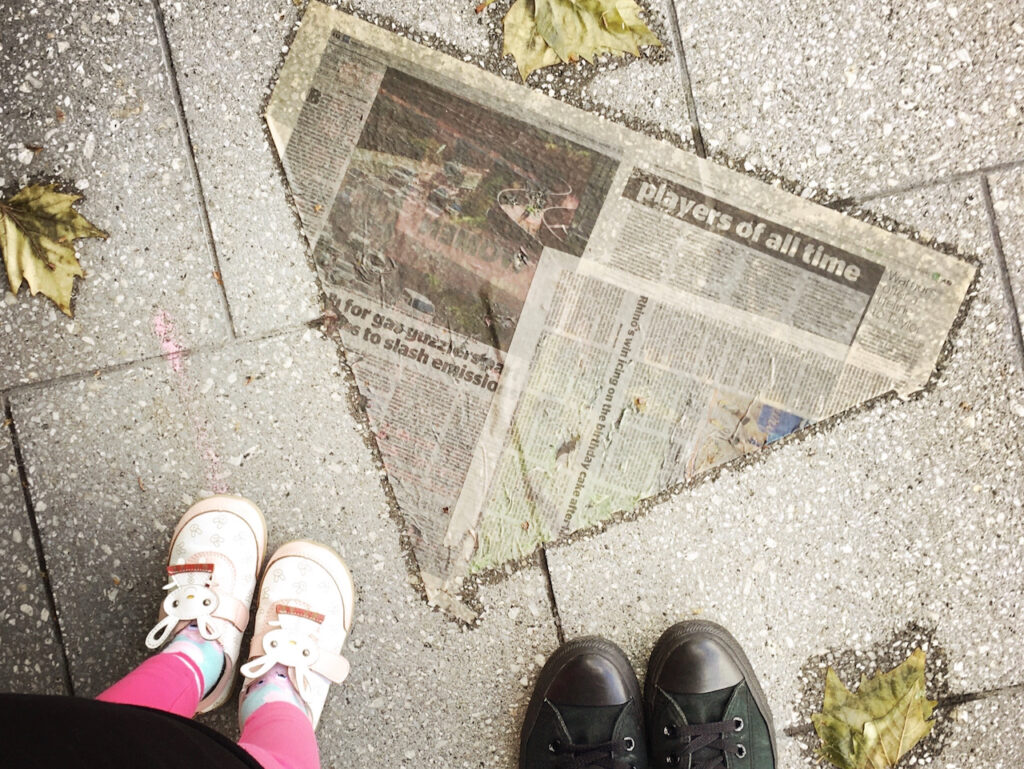Module 4: Covering community activities in the media –> Section 1: How to write an article

Choose a story that you know very well. Think about why you remember it – what makes it special? Write down the words that come to your mind as you think about the story. Then answer these questions:
- Is it a story to which you or your friends can relate? How?
- Is it relevant to your life today? To your family or your community? How?
- Do you feel any emotions when you hear / read the story? Why?
- When you read / hear the story does it hold your full attention? Why?
According to World Vision media team: A good story is something that can be easily understood by the audience. It’s usually something someone can personally relate to, that builds an emotional connection and holds a person’s attention by using strong descriptions, like emotions and senses that engage the listener or reader.
Why are you creating a story
Your purpose will guide the kinds of questions you ask and the kinds of stories you look for. Reasons for collecting and telling a story include:
- To share your success
- To advocate for change
- To learn about what works and what doesn’t
- To share resources and knowledge
- To persuade or influence an audience
- To motivate change
- To inform / write a report (for stakeholders).

Whether you use a storytelling approach, or more of a research approach, there are many ways to create a story. According to Capacity Canada media team: Materials for your stories can be collected through:
- Journaling, drawing, or other art forms
- Community story collectors
- Interviews
- Written submissions
- Video or Photography
Focus on (effective) Storytelling
Let’s take a look at the key components of effective storytelling. While writing an article / creating your story you should:
- Have a clear narrative – Your audience should be able to identify and follow the setting, events and people in your story.
- Have a purpose – A story with a purpose will keep your audience involved and ensure that they leave with a concrete understanding of your message.
- Connect an idea with an emotion – By using universal words and emotions your audience will understand the feelings of the characters and the impact the experience had on them because they can relate to the emotion.
- Consider the audience – Tailoring your story to your audience will help you to tap into readers’ interests and experiences, allowing them to better connect with your story.
- Include specific details and examples – By using descriptive language and including examples your audience will understand and visualize your story. They will also engage your audience’s senses and create a memorable experience.
- Incorporate data / statistics – Using data will make your story more concrete and credible and help your audience understand the context of your story.
Have you wondered How to create a good story? Check this video presentation on How to write an article while mastering your storytelling skills.
At the end of the video you could learn more about the story titles / headlines as lifelines to your readers. They grab attention, build trust and help time-pressed consumers focus on the stories they care most about. The Poynter Institute for Media Studies published nine ways to write engaging, accurate headlines for any platform (9 tips for writing stronger headlines).
The best headlines promise great stories
According to NPR: Even the greatest headline writer in the world will fail with a boring or confusing story. That’s because the best headlines aren’t necessarily the ones that make people click — they’re the ones that promise great stories and then fulfill that promise. So you need a good story first, then you can master your story title. In this video, NPR training team focuses on the characteristics all great headlines share.
Next, if you want to go deeper into the storytelling topic, you can review the Poynter article below by the award-winning writing coach’s Roy Peter Clark to learn more about writing short (How to write a good story in 800 words or less).
Additionally, you can also review the NPR article by Hannah Bloch on teasers – those first sentences that should pique your readers’ interest and curiosity (A good lead is everything — here’s how to write one).
It’s your turn
After reading the articles and watching the videos on Why to create a story and How to write an article, think of one great story from your past once again and share the following information / post your comment in the discussion forum below:
- What is the purpose or main message of the story?
- Who is the intended audience?
- Why do you think this story made such a powerful impression on you?
